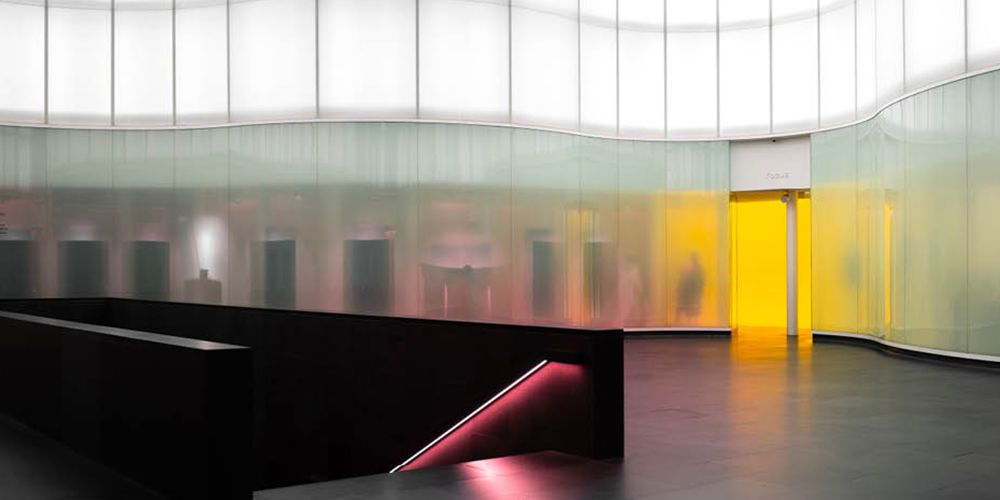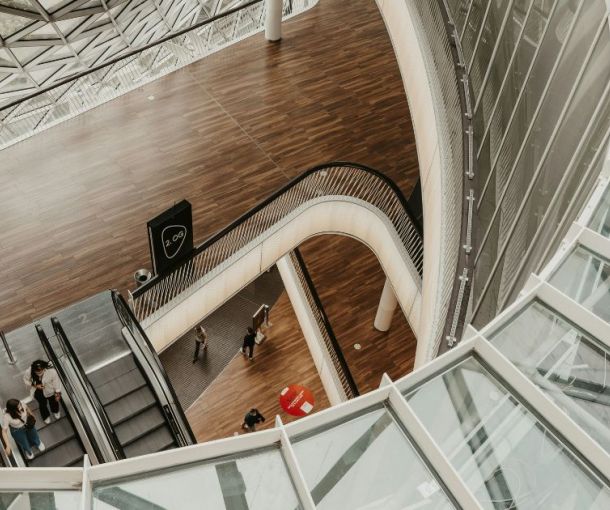
Introducing smarter systems to buildings
Smart buildings are becoming a common feature in cities today. Whilst they are equipped with the technology needed to monitor almost every aspect of their surroundings, many fail to harness the entirety of their smart operating power.
Indeed, data captured by operating technology (OT), including that related to energy usage, security, air conditioning, and lighting is often left unanalysed when it could be used to better your facilities. Thanks to the evolution of integrated technologies, a smarter building can evolve in line with an organisation’s requirements, helping to nurture a workforce or group of occupants with high levels of well-being. Smart technology can provide businesses with flexible working solutions, for example, allowing employees to take control of their work/life balance.
Smart building systems can also monitor an office or residential environment and adapt according to the needs of its occupants. This could involve altering light and CO2 levels, heating or cooling the space, or ensuring that relevant security systems are in place.
As readers are probably well aware, buildings can be made smart through the Internet of Things (IoT), harnessing rich data to provide actionable insights related to the business environment. Indeed, IoT-enabled platforms allow users to harness building data and integrate it to improve activities and services.
IoT platforms are designed to help employees or building occupants use their space in a way that works for them, connecting them to their surroundings, improving well-being and cutting down on operating costs where appropriate.
The spaces within buildings are destined to evolve, and data-driven platforms can help building managers understand the best ways that this evolution can take place. To ensure that people feel connected to their surroundings, building managers can make the most of IoT sensor and location-based services. Businesses hoping to encourage productivity, for example, can link task-related data in certain spaces to productivity improvements and track how the spaces could be improved.
Those hoping to improve the building even further could look at less obvious data points such as how the building interacts with its environment, the quality of its public transport and associated services, as well as close-by entertainment options. Even the weather conditions can tell you something about how a building could be optimised.
Beyond the horizon of the smart building is the smart city, something building managers may want to get ready for. This could provide inhabitants with useful information at all times of day, from bus times to rolling weather updates. As you approach a local cafe, for example, the baristas could know to make you a coffee in time for your arrival. The building could also welcome you by directing you to the relevant activity area for the working day. Soon, many areas of our lives will be joined up and our devices will become even more vital. The smart building is a great way to ensure you’re ahead of the curb.







